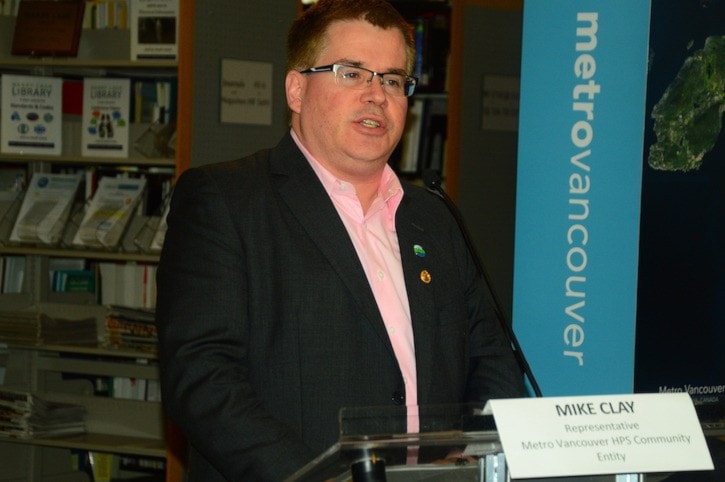The number of homeless people in Metro Vancouver has increased by 30 per cent in the past three years, according to stats released Monday.
Preliminary numbers show that 3,605 people were homeless on the day of the count back in March. Of that number, 2,573 were considered sheltered homeless.
READ: Metro Vancouver homeless count underway
Port Moody Mayor Mike Clay told reporters at an event in Surrey that the rise in homelessness was a disappointment, but not a surprise.
"We just need to do more because these counts continue to rise," said Clay. "Looking at some different ways of addressing the problem. Some of these problems aren't just a matter of putting more money in but targeting proper money and resources in different areas."
READ: Fraser Valley homelessness up 74 per cent
The cities that saw the biggest rises since the 2014 count were Delta/White Rock with a 142-per-cent increase, Langley with 124 per cent, and the Tri-Cities with a 113 per cent. The only area to report fewer homeless people was the North Shore.
Vancouver had the highest number of homeless, with 2,138 people counted. Surrey was second with 602 people and Langley was third with 2016.
As housing costs go up in the region, Council of Community Homelessness Tables chair Jonquil Hallgate said, the middle class is being pushed into housing that was once affordable for the lower class.
"It pushes everybody else down the ladder. People who marginally might have been able to afford a place to live become the next level of people who are homeless," said Hallgate.
READ: Advocates say $1.8B per year will tackle B.C.’s affordable housing crisis
According to BC Non-Profit Housing Association count coordinator Peer-Daniel Krause, this year's count has seen a sharp climb in the number of homeless camps. Volunteers counted 70 in 2017.
"There's an upward trend [in homeless camps] all across the region," said Krause.
The 2017 count was the first count during an emergency weather response, which led Metro Vancouver to open extra shelters. While the extra shelters can make it easier to do the count, it can also skew statistics.
"It may bias the data to men because we know that women and youth are more likely to access friend and family support networks [instead of shelters]," said Krause.
Detailed demographic data haven't yet been released, but initial stats indicate a spike in First Nations homelessness.
"There is a serious overrepresentation of homeless Aboriginal people in this region," said Lu'Ma Native Housing Society director Claire Marshall.
Less than 10 per cent of Metro Vancouver's population is First Nation, but one-third of the region's homeless identify as First Nations.
20 years of federal funding for homelessness is not helping #aboriginal homeless in #metrovancouver : Claire Marshall, Lu'ma Native Housing pic.twitter.com/MaOlJSxaIh
— Kat (@katslepian) April 10, 2017
Marshall said the supports being provided aren't working.
"In the Aboriginal community, they're not accessing the emergency shelters as much as the mainstream population," said Marshall. "It could be about looking at those shelters and what can be done so Aboriginal people feel that those are places that they are welcome to go to."
Youth aging out of care are finding themselves with nowhere to go, added Lorraine Copas, chair of the Homelessness Partnering Strategy community advisory board.
"Many of them end up being graduated to the streets," said Copas. "There have been conversations with Ministry of Children and Family Development about this, whether at 19, youth really are able to fend for themselves."
Income assistance has stalled at $610 for a decade, Copas added.
On the other end of the scale, seniors are increasingly accessing emergency shelters.
"We're talking about seniors in their seventies and eighties now relying on emergency shelters because old age security and the guaranteed income supplement aren't keeping up," said Copas.
Like us on Facebook and follow us on Twitter.
